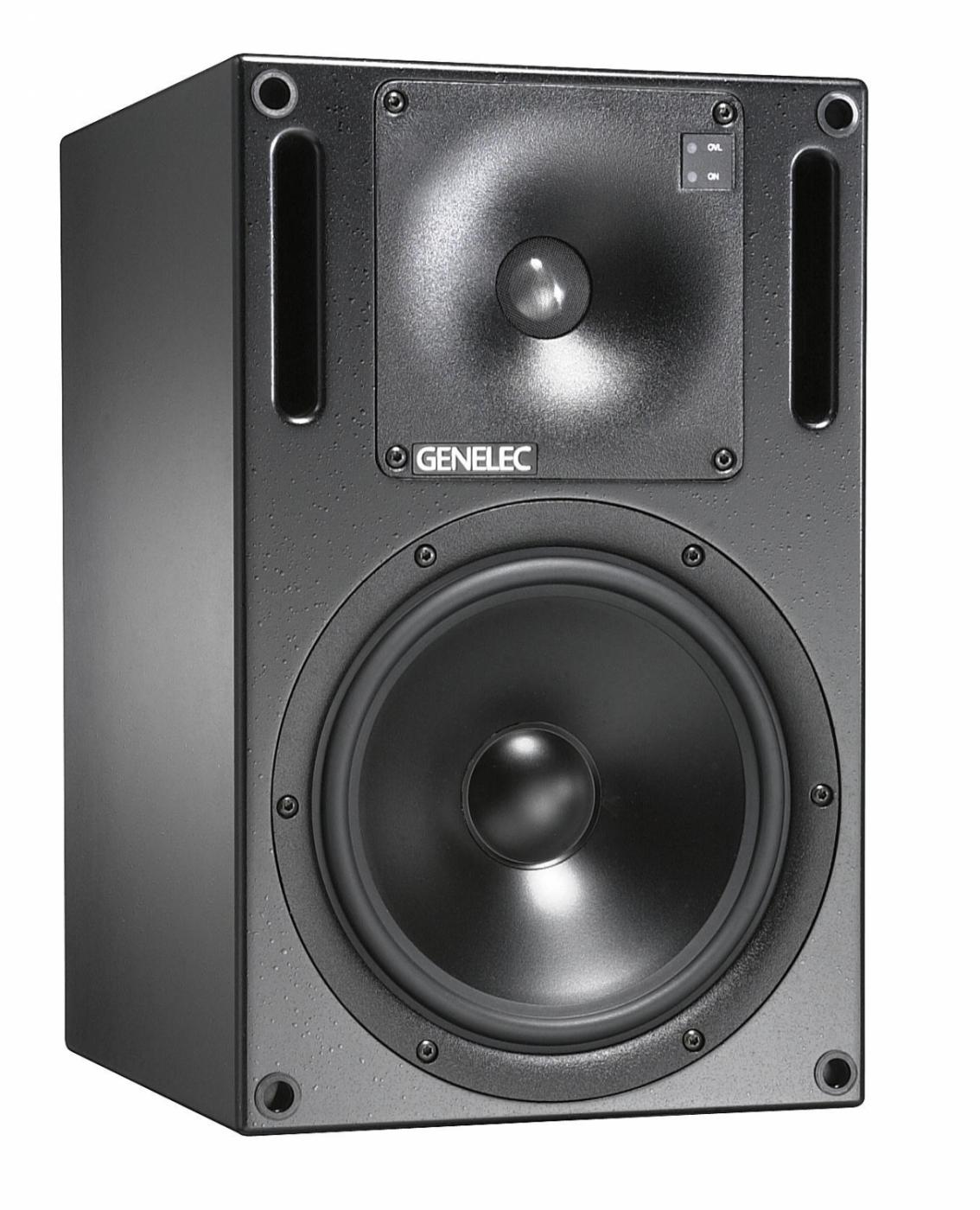Genelec 8351A Smart Active Monitors™ Employed by Obie O’Brien
Recording engineer, producer and car builder Obie O’Brien bought his first set of Genelec 1031A reference monitors in 1995 and used them for years, taking them almost everywhere he worked. Then, in 2018, O’Brien switched to three-way Genelec 8351A Smart Active Monitors™ and the impact on his work was immediately apparent.
“I loved working with the 1031’s,” said O’Brien. But when he heard the 8351’s he was blown away: “It was striking the first time I listened to the 8351’s. There was so much more clarity and mid-range definition. They definitely changed my mixes for the better.”
The new monitors helped O’Brien up his game to such an extent that his mastering engineer took notice. “Phil Nicolo, who is a brilliant engineer and a producer in his own right, does most of my mastering. He called me as soon as he got the first tracks I had mixed on the 8351’s. He asked if I had switched monitors. I said, yeah, how did you know? He said, ‘Stuff sounds amazing. Don't change, because it's great.’ It was that much of a difference.”
O’Brien is a recording industry veteran. He made his first record in 1974, with Danny Gatton, who is at the top of his list of all-time great guitarists. He has worked for years with Jon Bon Jovi, which has also led to projects with Southside Johnny, singer/songwriters Billy Falcon and Desmond Child. Other notable artists he has worked with include Dave Stewart (formerly of the Eurythmics), Queen guitarist Brian May, Alice Cooper, bluegrass legend Ralph Stanley, and Sam Moore of Sam and Dave. O’Brien has also mixed numerous reissues and previously unreleased material by some of Motown’s best-known artists. “And I've gotten to work with George Martin,” he says.
Genelec’s Acoustically Concealed Woofer™ (ACW™) technology gives the 8351A a unique look and combined with the Minimum Diffraction Coaxial™ (MDC™) driver and Directivity Control Waveguide™ (DCW™) generates extremely controlled directivity over a very wide bandwidth. When he first saw the 8351A, O’Brien recalls asking, “There's two woofers behind a piece of metal. How's that going to work?”
The answer was revealed as soon as he played some tracks through the 8351s. “The mid-range definition was better than I'd ever heard on my 1031s. The low frequency went lower. You could hear the roundness and the sub better. It was a whole different animal.”
As a result of switching to the 8351s O’Brien even found himself making changes to some of his long-established tracking practices. “You get used to using the same microphone over and over again because it works and you like the sound. But I've changed some microphones because I've heard things differently in these speakers.”
In the past year, since adopting the 8351s, Obie said, “I've mixed Bon Jovi stuff on them and some young artists — Cole Redding, Phoenix Jakob and a young rock and roll singer, Anna Taylor. I’ve also mixed 30 or 35 unreleased Motown songs by Marvin Gaye, Tammi Terrell, Stevie Wonder and the Four Tops, and they never disappointed me.”
O’Brien had one simple but compelling reason for adopting the 1031s nearly a quarter-century ago: “The Genelecs are very true to me, and I'm always telling the artist, you gotta tell the truth in your art. And if you're using multiple studios — you want to make sure you've got one thing that is your constant and that's what the Genelecs are for me.”
When working at various studios around the world, all O’Brien had to do was duplicate the dip switch settings that he used on the 1031A monitors at his home studio in Philadelphia, play a familiar reference track, and he was good to go. Genelec has since introduced new technologies that offer even greater room-to-room consistency, namely Genelec Loudspeaker Management™ (GLM™) and AutoCal™ room calibration software.
“I've listened to the speakers in my room with and without the calibration,” says O’Brien. “It makes a big difference. Every room has some anomalies and unless you won the lottery and you can build whatever room you want, having a pair of speakers that fixes some little problems is way easier. The other great thing is you can take the 8351s to any studio and calibrate them to that room. Now you're fixing problems in another room, so you're back to knowing you're getting what you're really hearing. You're always going to have a consistent product.”


